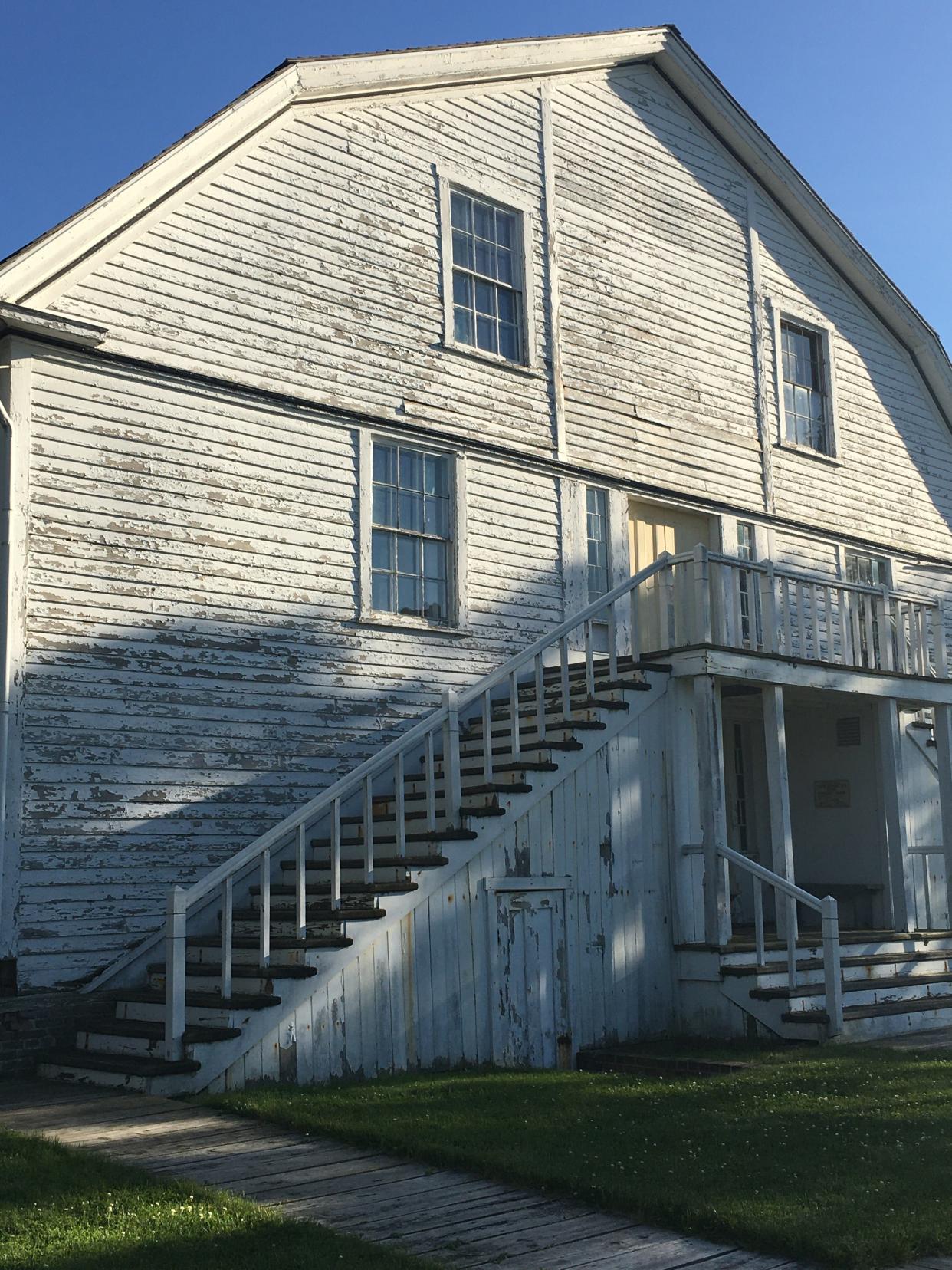Many Paths: History is in jeopardy in Henry County

The Bishop Hill Colony began in Sweden when a group of religious dissenters dreamed of creating a utopia — a place where they could live in harmony with their beliefs, free from religious persecution.
In 1846, Erik Jansson, a radical religious leader, and his followers sailed from Sweden to New York, made their way to Chicago, and then walked the last 160 miles to Bishop Hill to begin work to establish the colony.
Despite numerous challenges, over a thousand immigrants journeyed from Sweden to join the colony during the 15-year period the colony was run as a religious collective. These events played a significant role in the later immigration of millions of Swedes to the United States.
Visitors to Bishop Hill today are able to see much of this history first-hand in the form of historic buildings and artifacts as well as in its approximately 130 residents, many of whom are descendants of original settlers.
In addition to historical structures and artifacts, music, art, festivals, workshops, demonstrations, and more can be found year-round in Bishop Hill.
Approximately 100,000 people per year travel from around the world to visit this "Utopia on the Prairie." These guests come from all 50 states and over 22 different nations each year.
I share this brief history of Bishop Hill to give you an idea of the significance of this historic settlement, not only to this area, but the history of Illinois, the Midwest, and the world, as it is one of the few places remaining where guests can see a majority of original structures from this period of time in person.
Unfortunately, if you have visited Bishop Hill recently, you may have noticed some of the state-managed properties are in desperate need of care and, if action is not taken quickly, may be lost forever.
In the mid-1900s the state of Illinois became an active partner in the preservation of this unique historic site, which is also listed on the National Register of Historic Places and designated as a National Historic Landmark.
Illinois Department of Natural Resources (IDNR) currently operates four of the surviving original buildings (The Colony Church, The Colony Hotel, Colony Barn, Ox Boy's Dormitory, and Village Park), the Bishop Hill Museum, as well as the Village Park.
In 1961, in response to the original colony brewery and bakery building being demolished due to lack of maintenance, the Bishop Hill Heritage Association was formed by a small group of descendants who resolved to preserve their Swedish heritage and ensure no more colony buildings would be lost.
Today, in addition to running the Bishop Hill Colony Store and organizing festivals, events, and tours in the colony, Bishop Hill Heritage Association maintains many of the original buildings, some of which have been fully restored using historically appropriate methods, and artifacts.
In 2019, I first reached out to IDNR and the Illinois Office of Land Management expressing my concern about the situation and was told at the time a number of projects were planned in Bishop Hill for the spring of 2020; these projects did not happen.
At the same time, I began brainstorming possible solutions, thinking perhaps the state would be willing to sell some of the properties or that we could organize a group of volunteers who would donate time and materials to address some of the more urgent issues.
While I found many people in the area eager to step up to ensure these historic landmarks could be preserved, I was told the state would not consider selling any of the properties and volunteer support was not possible due prevailing wage requirements as well as other statutory limitations per the Illinois procurement code.
Despite four years having passed, many concerned citizens expressing their concerns to a variety of state representatives and officials, and even a petition campaign, which collected thousands of signatures, the most critical projects have not been addressed and there is no definitive timeline to do so.
With each day that goes by the urgency grows and I believe the time has come where we as concerned citizens must demand the state be held accountable for these properties. If the resources to restore and maintain these historic properties are not available or the state is not interested in maintaining these properties, I believe they should be sold to an organization which has the desire and capacity to do so, such as the Bishop Hill Heritage Association.
I hope this information moves you and you will consider contacting your state representatives and IDNR officials to express your concerns.
John Taylor is president of Levitt AMP Galva Music Series. He lives in Cambridge, Illinois, with his family. This column is part of the Many Paths series of columns.
This article originally appeared on Galesburg Register-Mail: Many Paths: History is in jeopardy in Henry County

